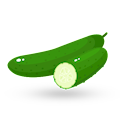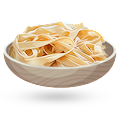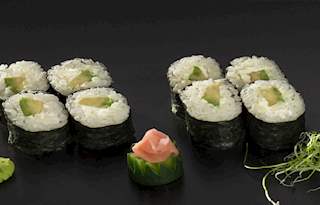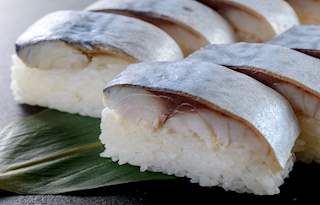Ehomaki
(Eho-maki, 恵方, Ehōmaki, Lucky Sushi, Good Luck Roll)
Also known as the lucky direction sushi, ehomaki is a sushi roll consisting of nori seaweed, vinegared rice, and seven different fillings, each representing one god of fortune. The fillings may vary, but they usually include cucumbers, dried gourd, eel, shiitake mushrooms, fish, egg omelet, or tofu.
The most popular theory about the origin of ehomaki claims that it was invented by the merchants in Osaka (Kansai) in the Edo or the early Meiji eras. Following the Second World War, the roll nearly disappeared, but it was reintroduced in the 1970s and became nationally recognized when many convenience stores started selling it in the 1990s.
It is traditionally enjoyed on Setsubun—an annual festival held on February 3rd that celebrates the beginning of spring. The dinner on Setsubun should be eaten facing a particular direction that is considered lucky for that year, and you should make a wish before you eat.
The whole roll should be consumed without talking since that is deemed to be bad luck. Ehomaki is never served sliced.


























